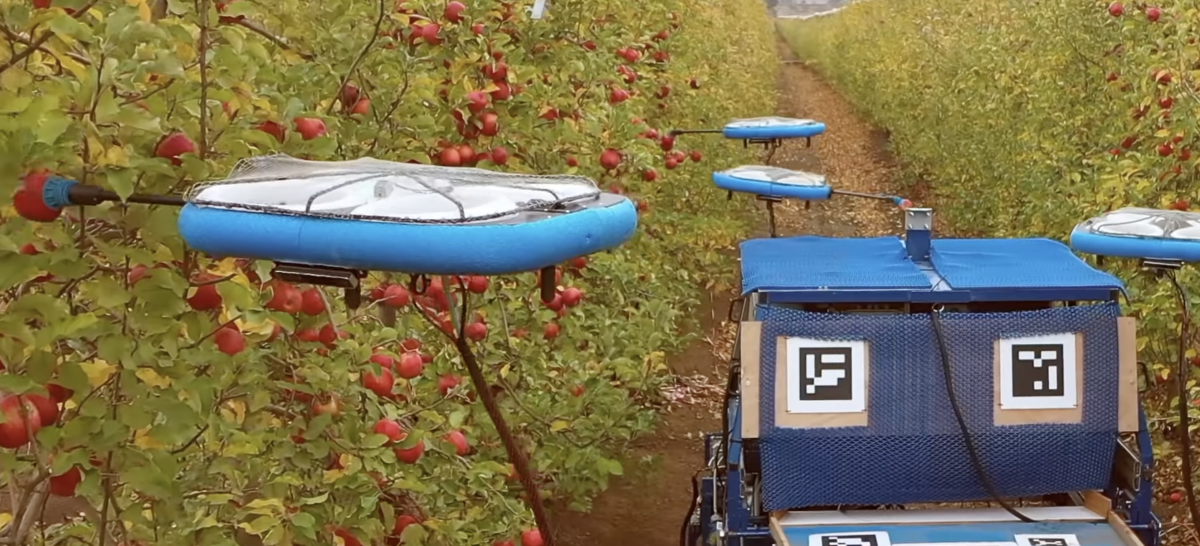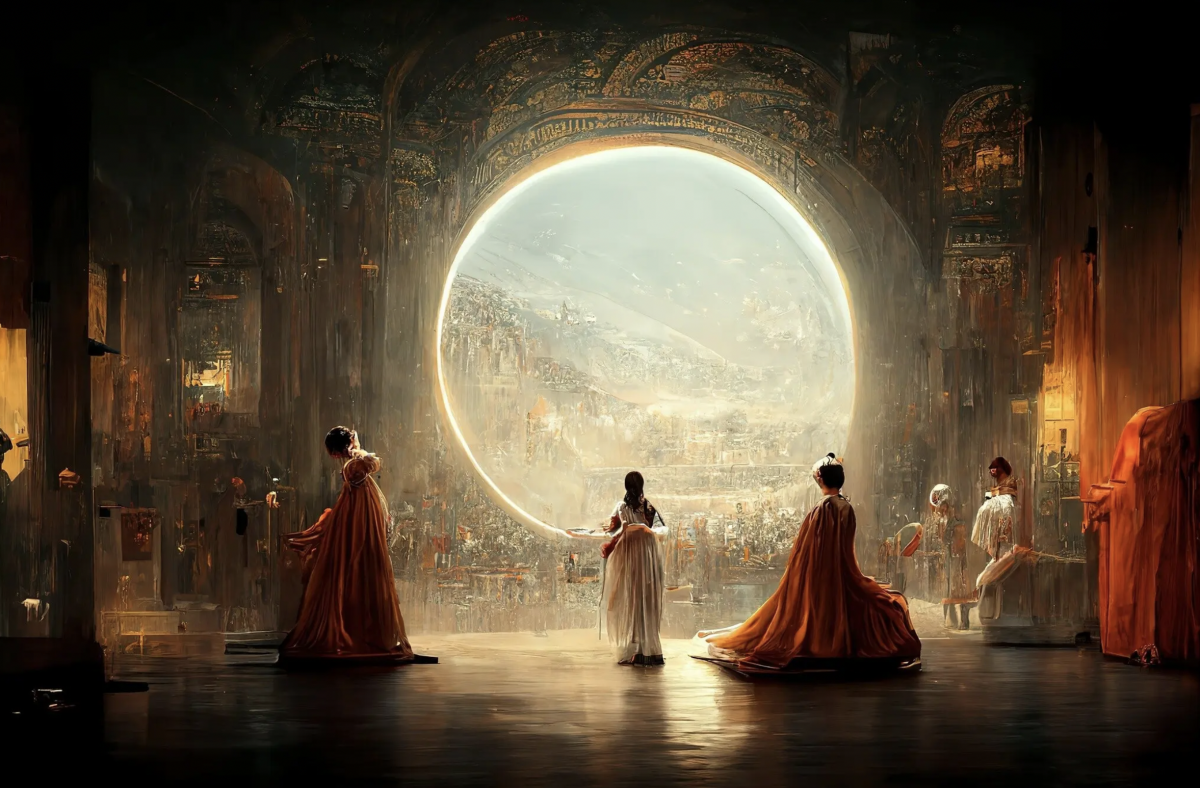On the one hand, the world’s population is expected to grow to 9.7 billion by 2050, requiring fruit production to double. On the other hand, young people are increasingly moving away from agricultural work in pursuit of urban jobs. As a result, when it comes to fruit farmers’ most critical activity, which is organizing the harvest, the number of skilled and reliable pickers is thinning. In particular, recent estimates predict agriculture employment to be cut in half by 2050, resulting in a shortage of around 5 million fruit pickers, more than 10% of fruits worldwide being left to rot, and a loss of about 30 billion dollars in sales per year.
Tevel Aerobotics Technologies, an Israeli startup, is coming to the rescue. The tech startup has developed flying autonomous robots (FAR) that can select, pick, and box fruit ready for market. The technology combines cutting-edge algorithms, AI, and data analytics. In particular, AI perception algorithms deal with fruit tracking and data fusion; vision algorithms classify fruits in terms of size, colour, ripeness and so on; maneuver and balancing algorithms execute the harvest. The company’s mission is to transform manual fruit picking into on-demand harvesting. Flying autonomous robots will be able to work day and night upon request, and report real-time updates on the harvesting status, fruit quality and quantity. They will reduce operating costs, boost productivity and minimize losses. At the moment the company is pilot testing the technology in apple orchards in Spain, the US, and Italy, with promising results. It is set to enter the market in 2023.
Will Flying Autonomous Robots replace human labour? Recent trends point indeed in this direction. Are agricultural robots and automation good or bad for society? One should consider that to meet customer demands for higher-quality products, fewer pesticides, as well as more sustainable production, agricultural practices have had to change, with humans increasingly being treated like robots. Moreover, the industry is facing labour shortages while experiencing growing food demand. Agricultural robots and automation are not only inevitable but also necessary.
References
Tevel (2022). Available at: https://www.tevel-tech.com/mission/ (Accessed: October 1, 2022).
Sciullo M. (2021). Le mele? A raccoglierle ci pensano i droni: il Piemonte apripista. Available at: https://torino.repubblica.it/cronaca/2021/06/21/news/le_mele_a_raccoglierle_ci_pensano_i_droni_il_piemonte_apripista-306926837/ (Accessed: October 1, 2022).


